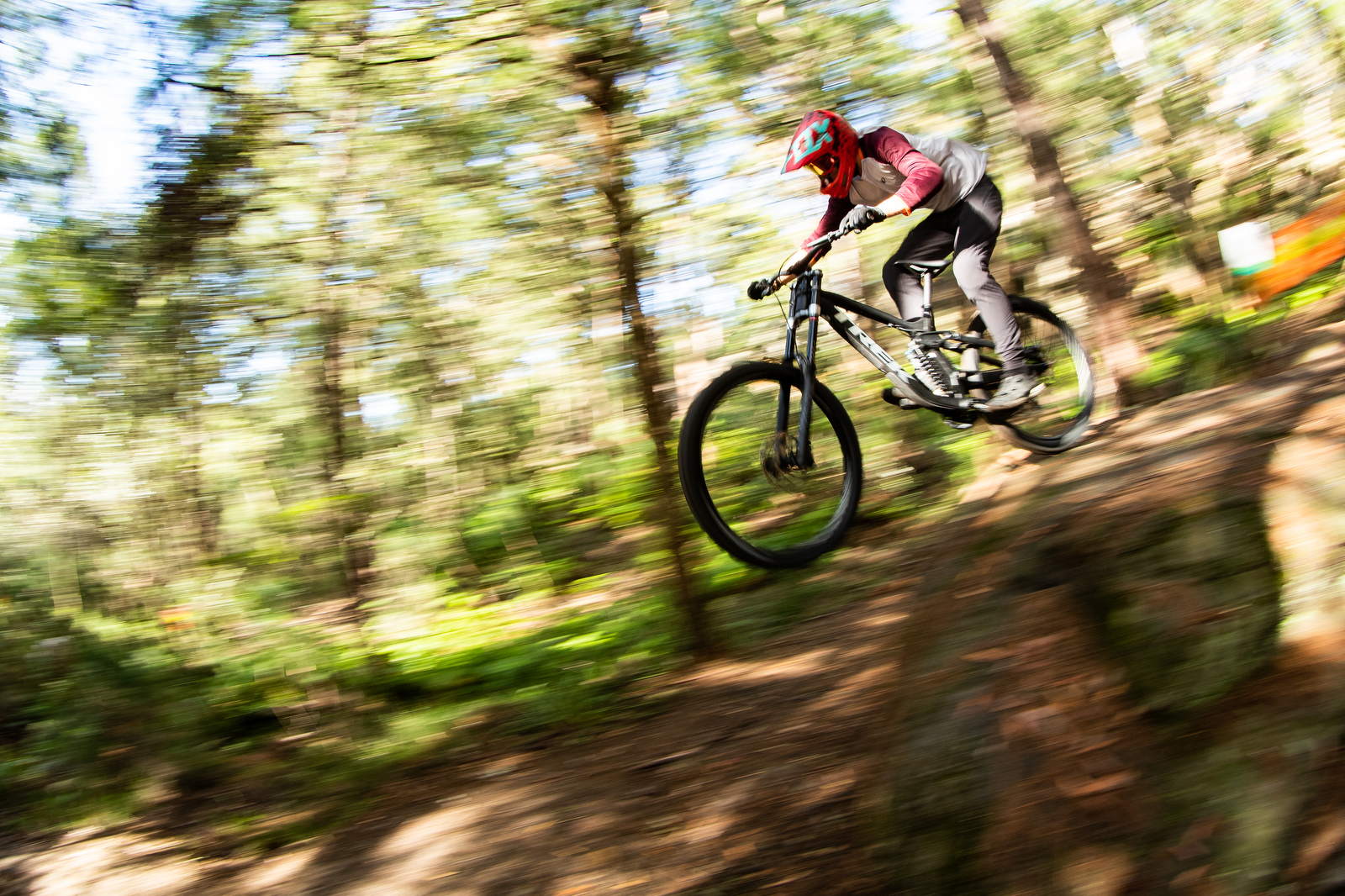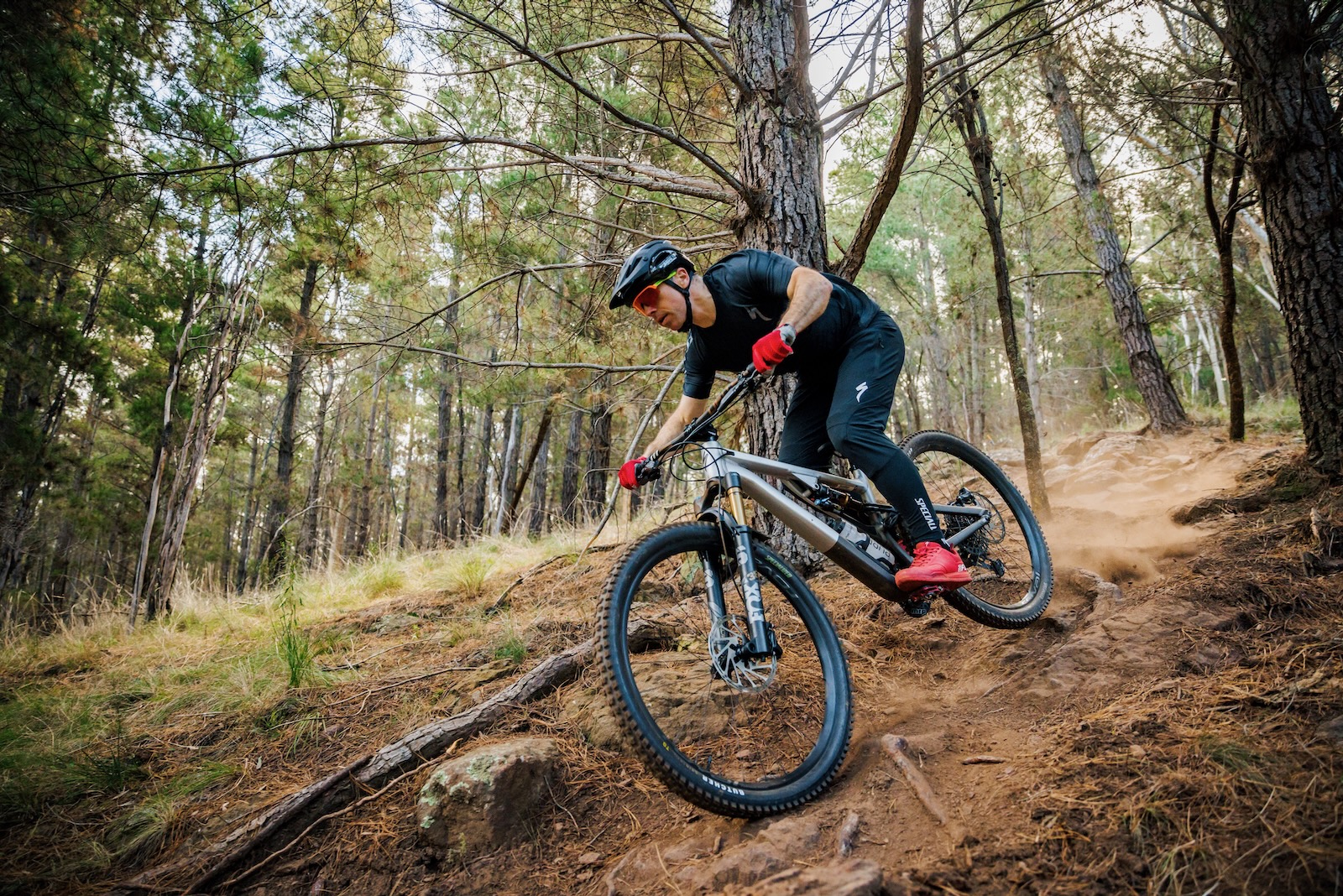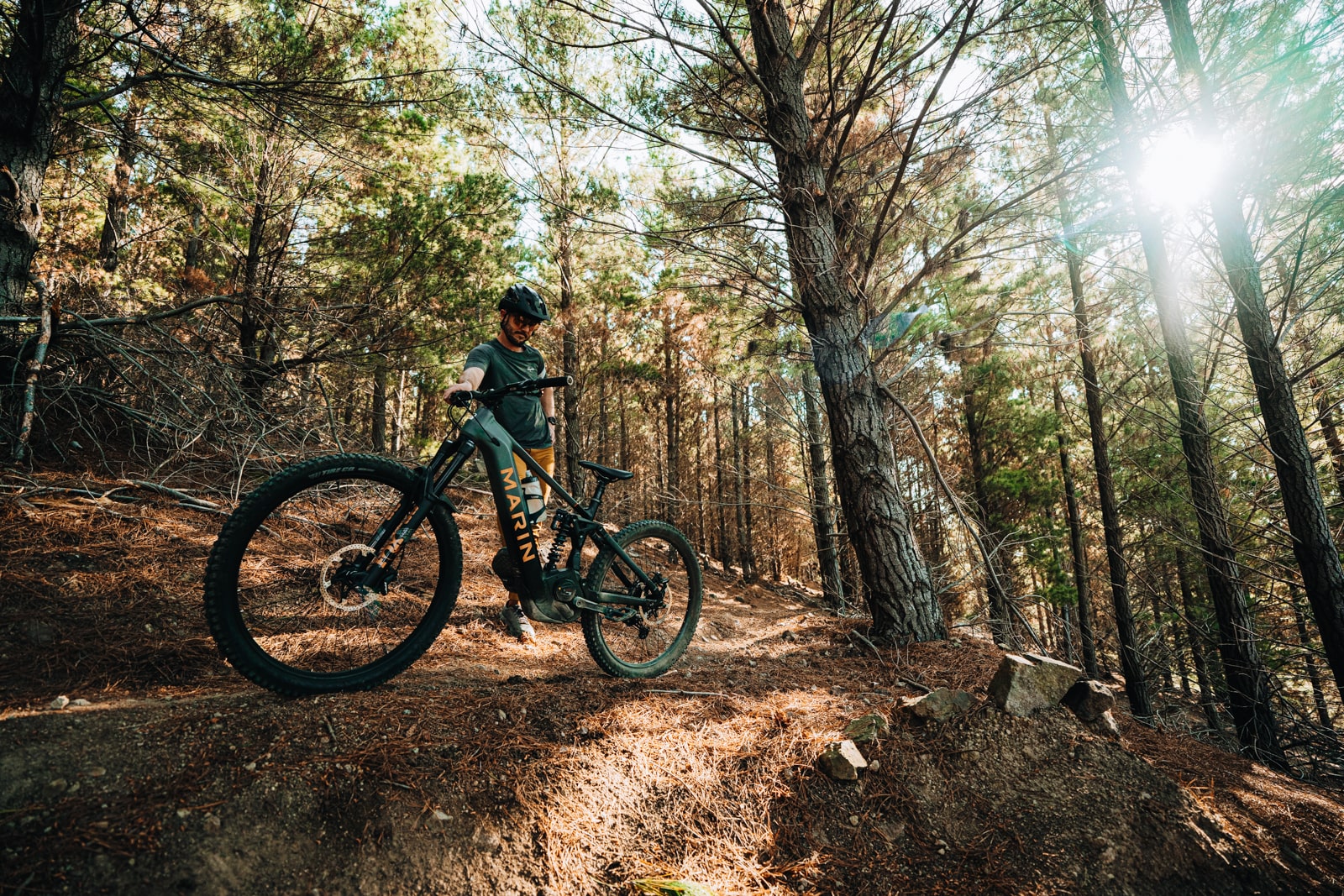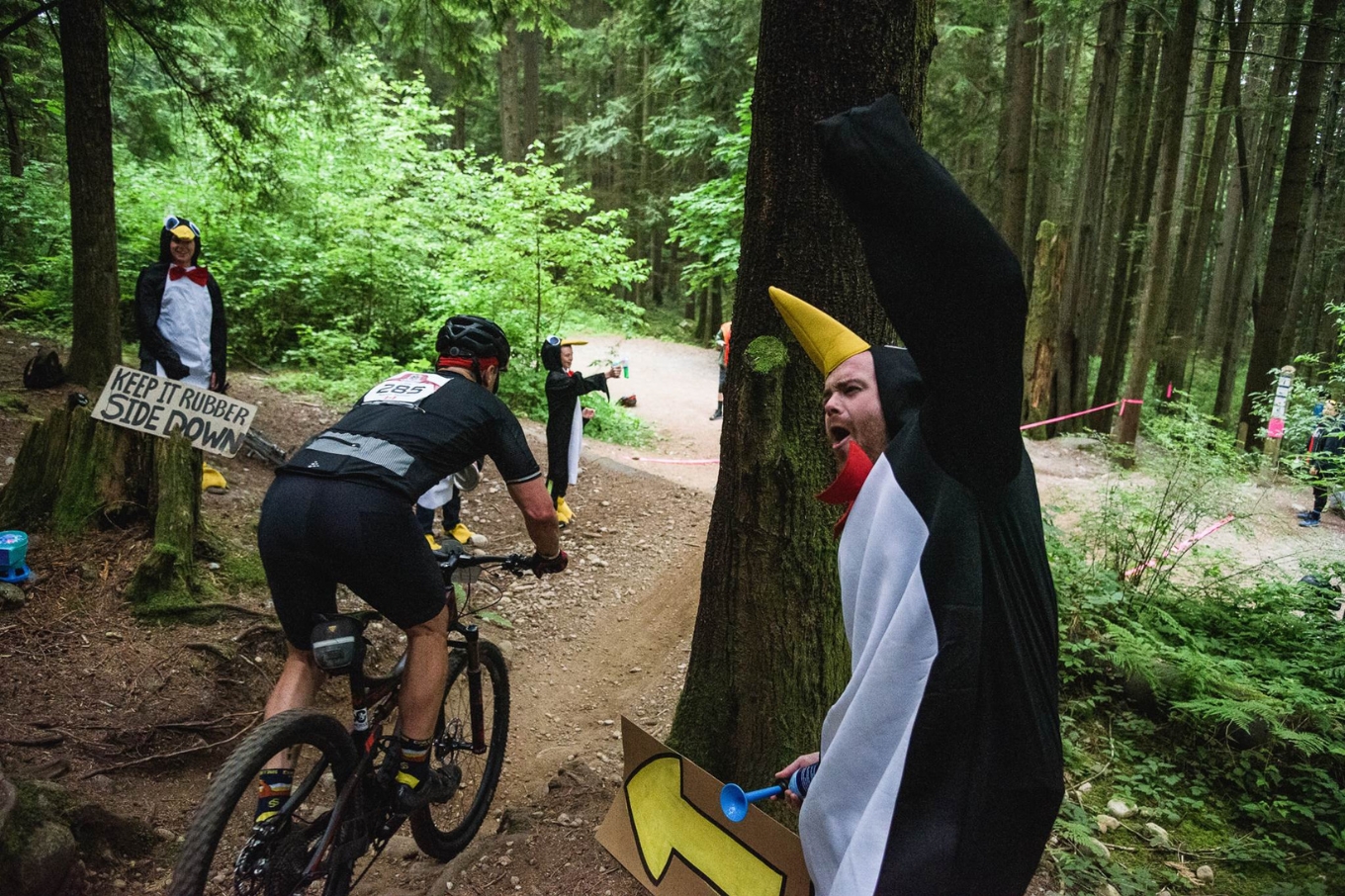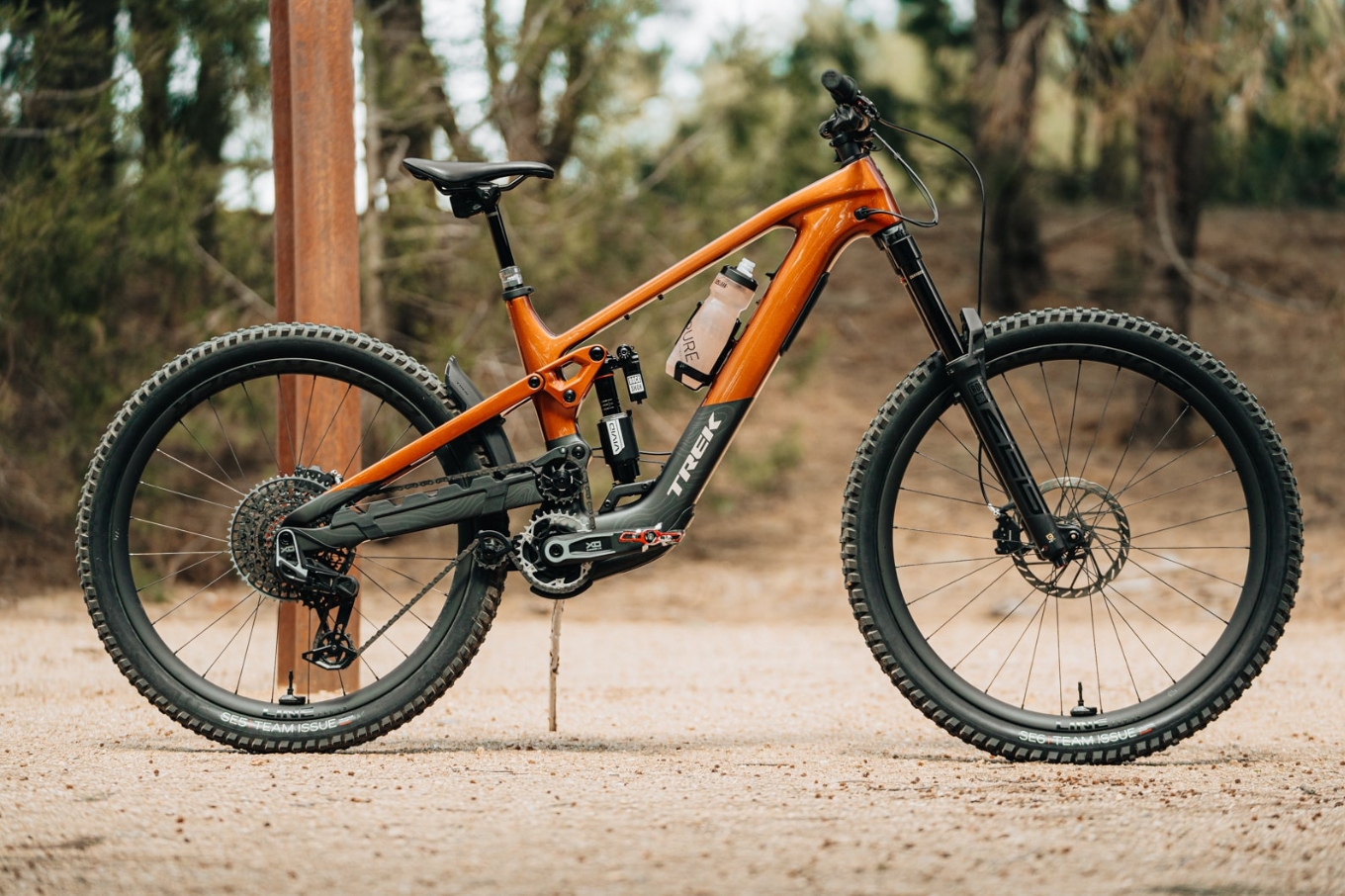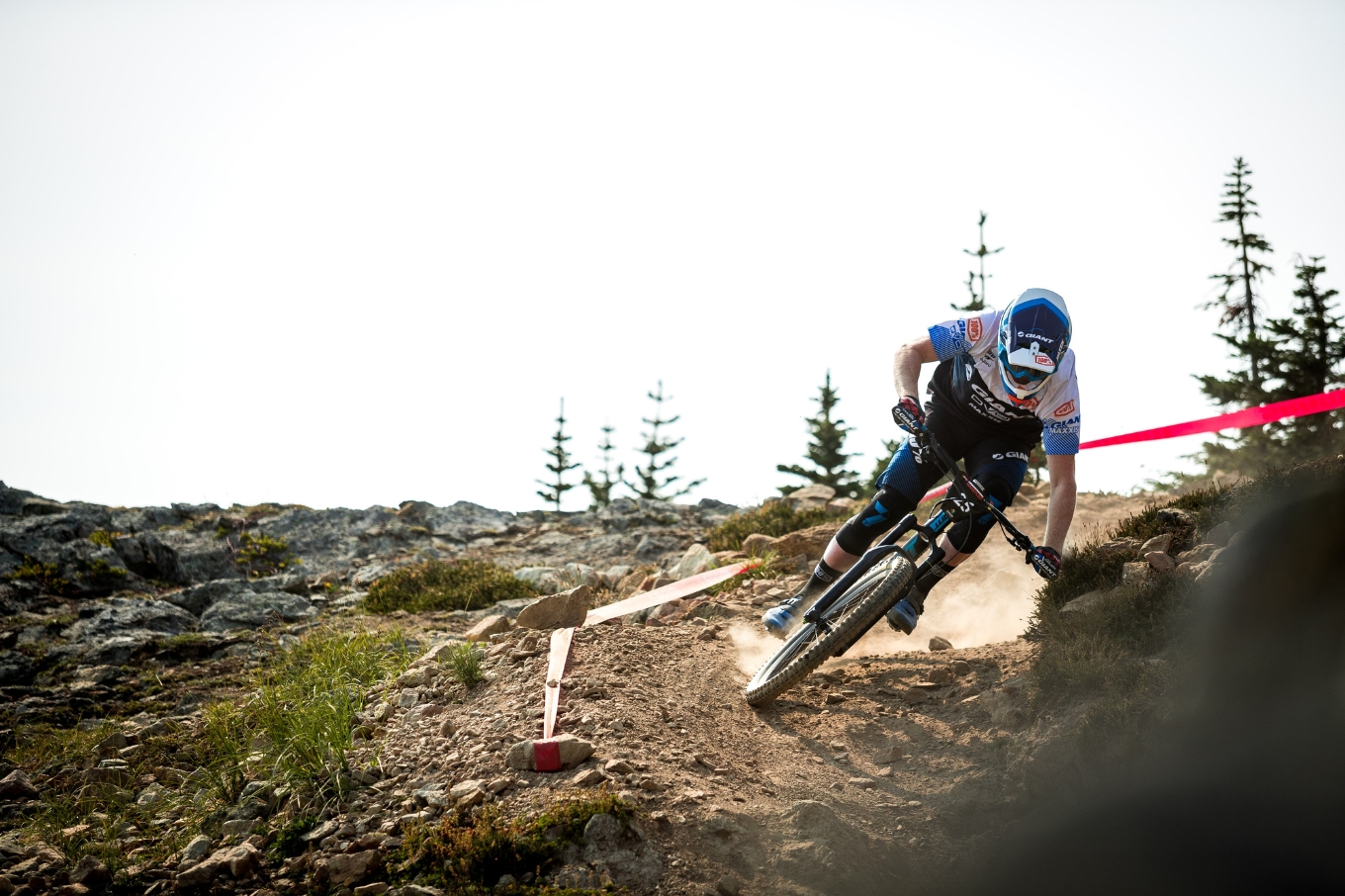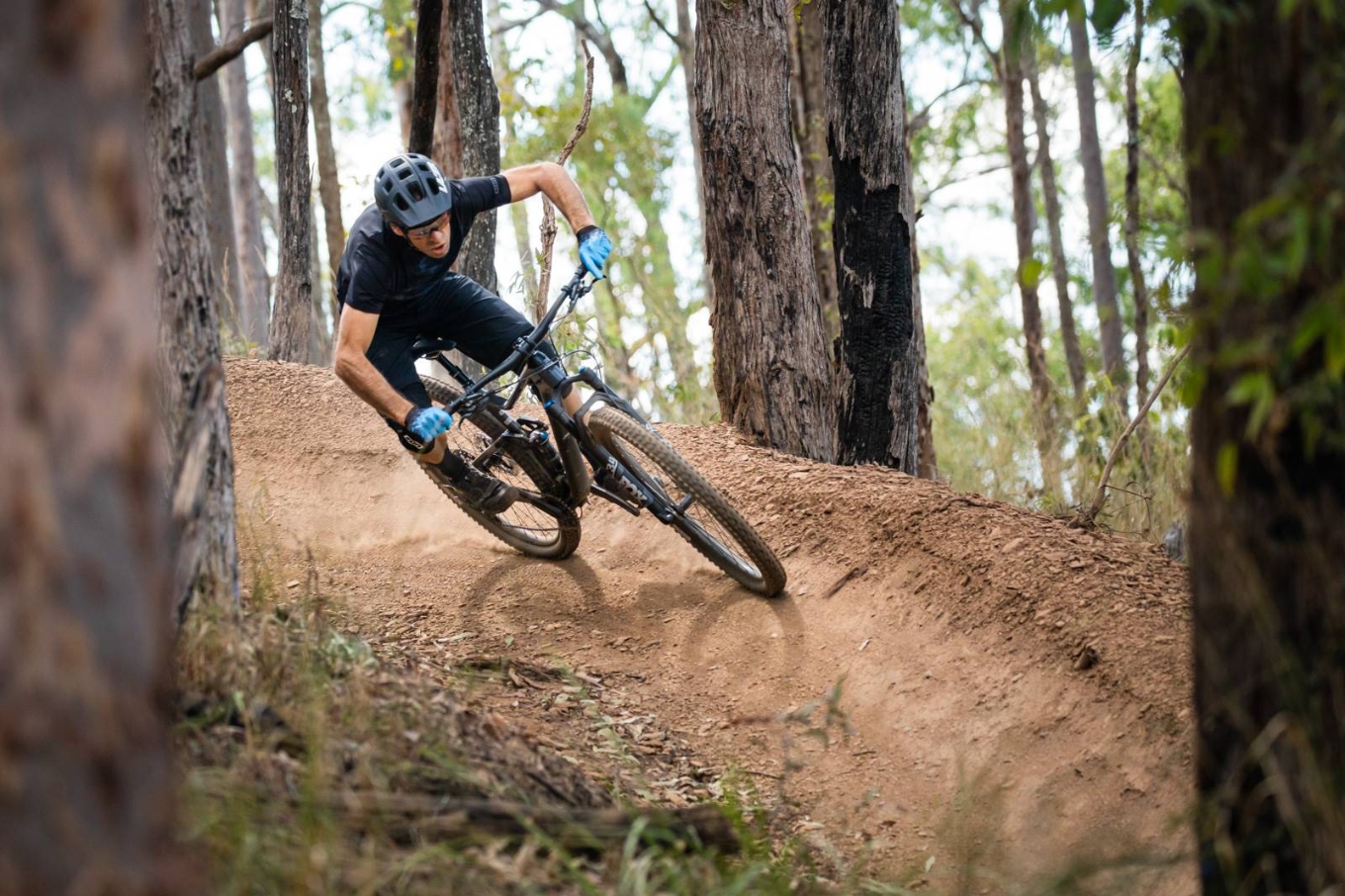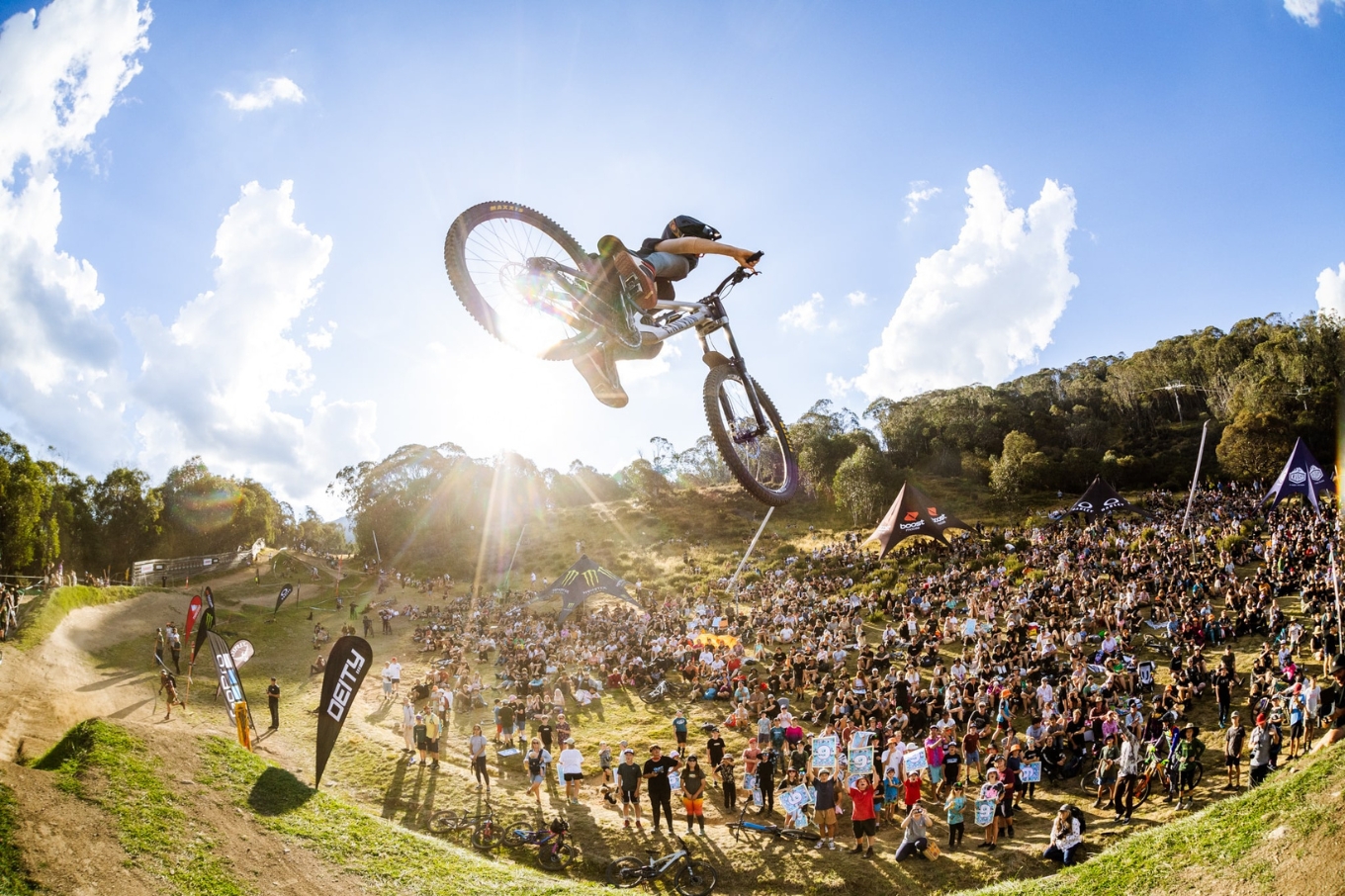The curious case of corners and straight lines
Mountain bikers love corners and twists and turns - so why do people straight line sections on their local networks?
As a mountain biker, one of the greatest allures of riding off road is riding great singletrack. I'll happily admit that I'm not too fussed on how technical a trail is or isn't, if it weaves a great line through the terrain and the environment it is in. For me, the whole experience is what makes the ride, and the trail. And that's why I'd rather ride my mountain bike on singletrack in the forest, than a clear felled area or on barren soil.
But surely I'm not alone in the want and need for some corners and fun on the singletrack. A straight line is a fantastic way to get from A to B, and fast, but corners around trees and features, with some extra lines to add some spice, are where your attention is drawn to your immediate involvement with what you're doing. As after all, who hasn't left a pedal dragging too low, or cut in too tight to a eucalypt on the inside of a corner and not paid the penalty? The quick thud to the ground or immovable object is a reminder that you need to be paying attention – engage with the trails and get the reward.
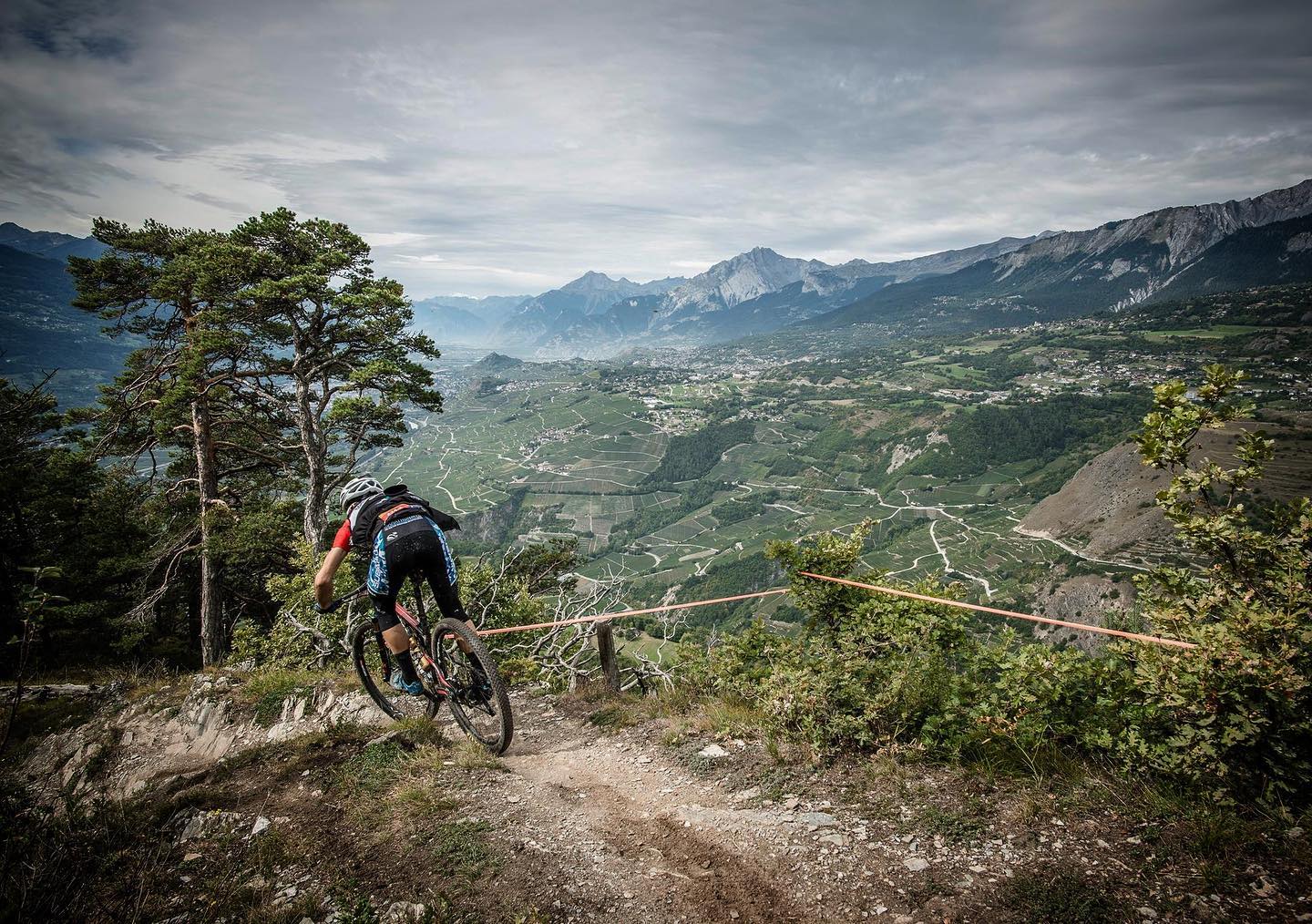
So as a mountain biker, I love corners. I go left better than right, and don't do either very well. But stitching together a great series of corners is just one intrinsic reward I get from a mountain bike ride, no matter how long it is. I don't care if they are bermed, rock armoured, horribly off-camber and blown out – but line them up and lets solve the problem of getting through them with some flow. And I think most riders feel the same, as otherwise we'd likely all be riding long and straight rail trails and access roads. That's a different kind of fun, but it can get a bit… banale.
So why, oh why, are so many corners always cut and straight-lined? And I'm not talking about on race tracks. I will use every inch of bunted area available when racing against the clock, as that is a black and white decision where the fastest line wins. But on local trails, where unique twists and turns add character and interest to a trail, inevitably people will look for a an easier or faster way through. Or, on a trail that has long switchbacks to allow a wider radius corner for easier climbing, there will also be short cuts and straight lines – cutting out the flow of the trail and speeding up the process for the rider.
What irks me, is how these short cut lines change the nature of the trail. They work for straight-line speed, but not control and finesse. While I know that some trail features have lines around them when riders find the feature too hard, I think most straight-lines occur because riders find the section too slow. And we can shoot Strava down for this, but it is still a rider's decision to make for themselves. Do you want to master the trail and improve your riding – or just shave a second off to move up a notch on a digital peg board?
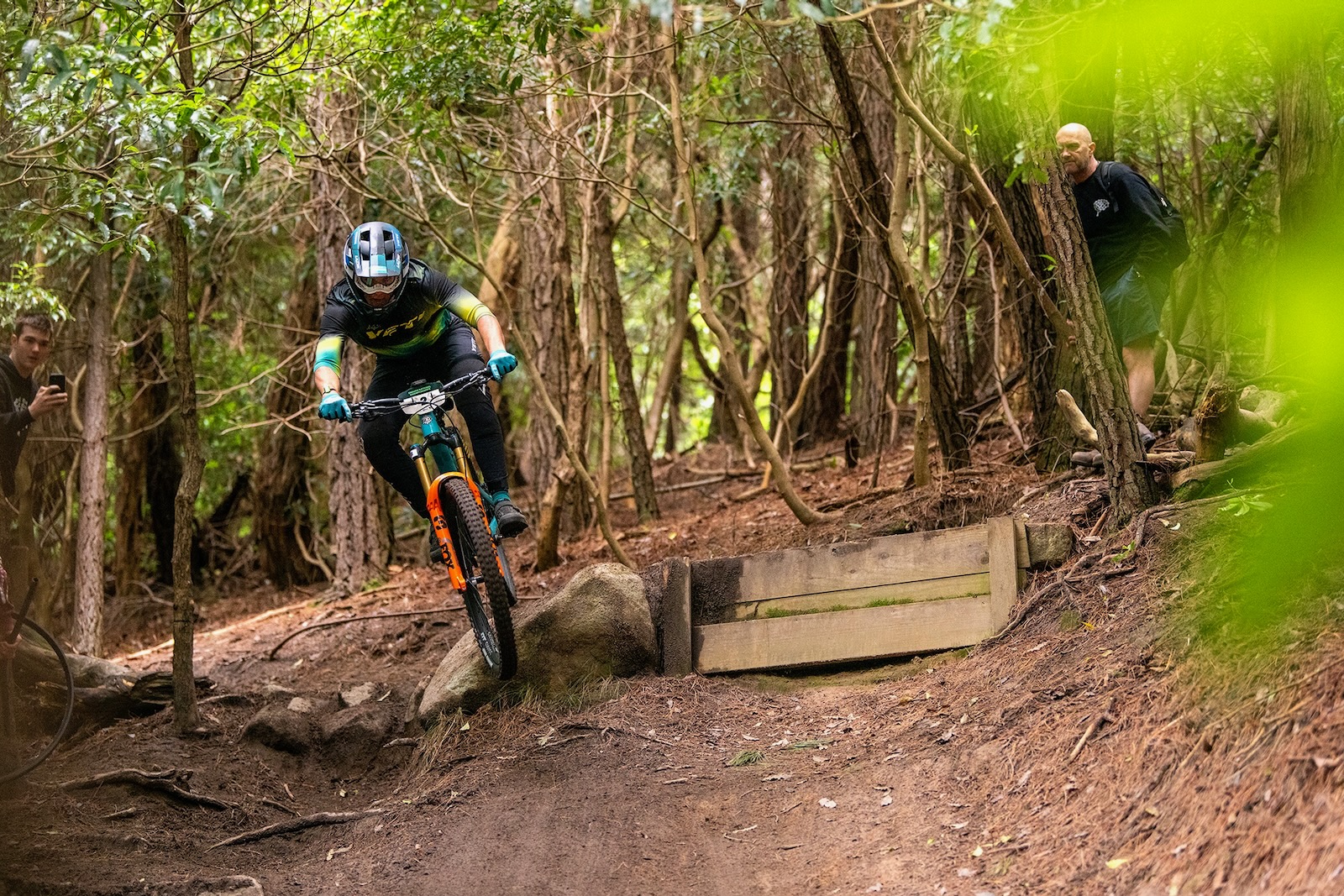
The issue gets compounded when you understand that many features are used to manage the use of brakes on a trail, plus gradient and therefore water flow. Change the alignment, make shortcuts, and you also end up with a short cut for run off. That's more ruts, and eventually a trail that needs repair. In most areas that doesn't come for free. It may involve volunteer time, and major repairs take away from budget for new trails. And trails that probably will have corners and features to make them fun.
So next time you're pushing hard on a trail, think about your line choices. Are you there to find digital infamy – or are you there to become a better rider, get closer to a flow state, and leave the trails in good condition for the next rider?
